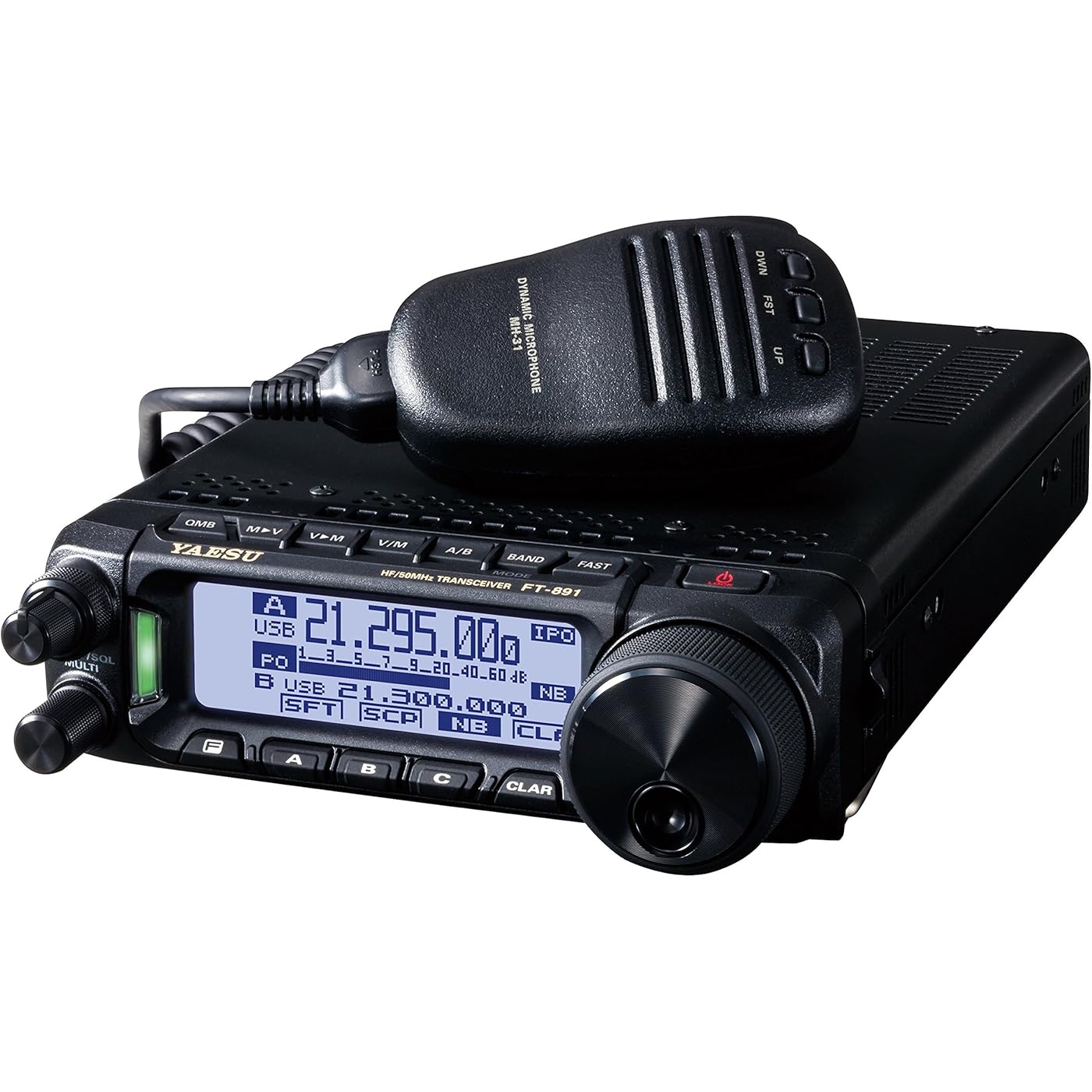

Ready to go? Add this product to your cart and select a plan during checkout. Payment plans are offered through our trusted finance partners Klarna, PayTomorrow, Affirm, Afterpay, Apple Pay, and PayPal. No-credit-needed leasing options through Acima may also be available at checkout.
Learn more about financing & leasing here.
30-day refund/replacement
To qualify for a full refund, items must be returned in their original, unused condition. If an item is returned in a used, damaged, or materially different state, you may be granted a partial refund.
To initiate a return, please visit our Returns Center.
View our full returns policy here.
Features
Description
The FT-891 100 Watt 6 to 160 Meter All-Mode HF All Mode Mobile Transceiver once again continues Yaesu's legacy for legendary receiver design in a compact package, providing uncompromised performance for both the mobile and stationary Amateur operator. High end 32-Bit floating point DSP enhances the operating experience providing a cleaner, clearer signal and reducing overall operator fatigue creating a more enjoyable environment for any Amateur operator. Compatible with the Yaesu ATAS-120A Self Tuning Automatic Antenna too!
Brand: YAESU
Color: Black
Number of Channels: 99
Special Feature: Covers 160 to 6 Meter Bands with 100 Watts
Frequency Range: 1.8 MHz - 54 MHz
Talking Range Maximum: 5 Kilometer
Tuner Technology: HF
Voltage: 12 Volts
Water Resistance Level: Water Resistant
Product Dimensions: 8.27"D x 6.1"W x 2.05"H
Product Dimensions: 6.1 x 2.05 x 8.27 inches
Item Weight: 8.35 pounds
Item model number: FT-891
Is Discontinued By Manufacturer: No
Special features: Covers 160 to 6 Meter Bands with 100 Watts
Other display features: Wireless
Color: Black
Whats in the box: Yaesu Original FT-891 HF/50 MHz
Manufacturer: Yaesu
Country of Origin: Japan
Date First Available: September 15, 2016

